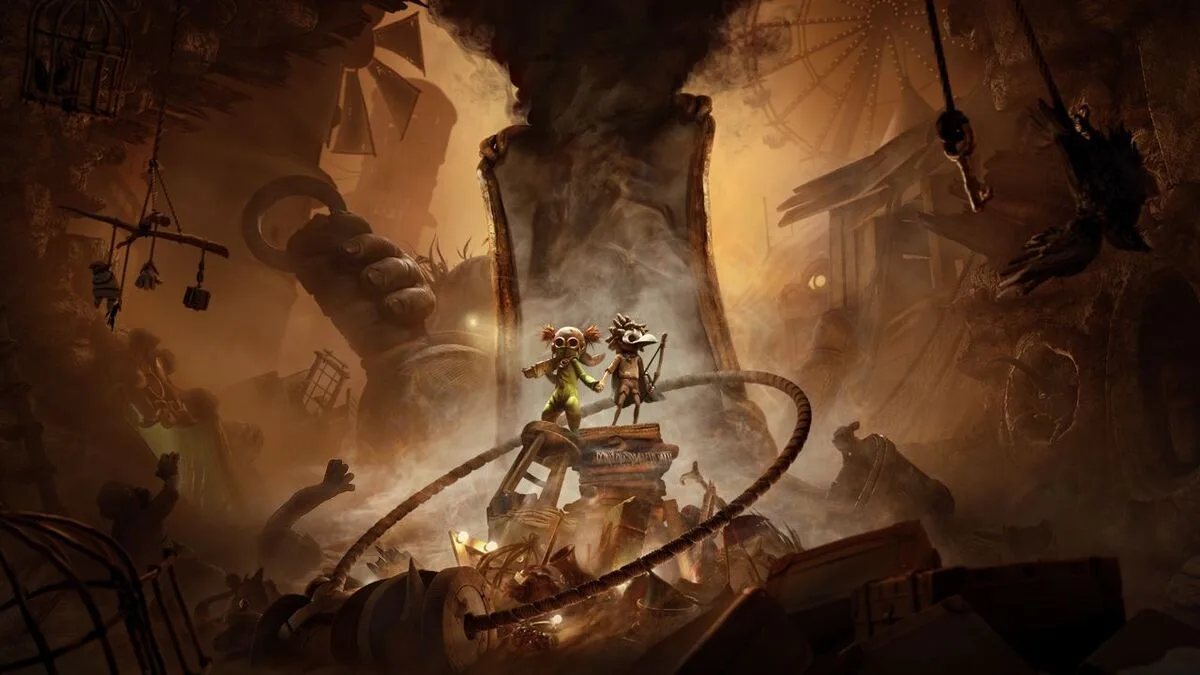
The Little Nightmares franchise left a lasting mark among horror fans thanks to its disturbing aesthetic and oppressive atmosphere. However, after Tarsier Studios was acquired by another company, Bandai Namco decided to hand the series over to Supermassive Games a studio experienced in the genre but with a very different approach. The result is Little Nightmares III, a game that tries to preserve the series’ essence but ultimately stumbles over its own ambitions.
Supermassive, known for titles like Until Dawn and The Dark Pictures Anthology, tend to focus more on narrative than gameplay. This approach clashes with the delicate balance that defined the first two installments. The story follows Low and Alone, two children trapped in a dark world filled with grotesque creatures constantly hunting them. While the premise is intriguing, the emotional connection between the protagonists feels weak, and the narrative lacks the subtle impact that made its predecessors so memorable. Furthermore, the story barely connects to the previous games, making it feel like an unofficial reboot.
In terms of gameplay, the familiar formula remains: progressing through rooms, hiding from enemies, and solving environmental puzzles. This time, however, players can use weapons like a wrench or a bow primarily to solve puzzles or in brief combat sequences. While these additions could have been innovative, they often feel clumsy, especially due to the game’s co-op focus. When your partner whether another player or the AI fails to react quickly enough, frustration sets in as you’re forced to replay lengthy sections.
Playing solo doesn’t help much either, as the AI often fails to understand your intentions or reacts inconsistently, breaking immersion. On top of that, many of the game’s environments feel recycled from previous titles, leading to a constant sense of déjà vu.
Visually, Little Nightmares III stays true to its roots. The game’s dark and grotesque imagery remains visually stunning equal parts repulsive and fascinating. The soundtrack, meanwhile, creates a tense and haunting atmosphere that lingers long after you stop playing, proving once again that ambient horror is still the series’ strongest asset.
However, one of the most frustrating aspects is the ending. The final chapter feels abruptly cut, with the last villain appearing out of nowhere. Even worse, players quickly discover that the missing chapters are locked behind the game’s more expensive edition. This practice leaves a sour taste, making the main version feel incomplete as if parts of the story were intentionally withheld.
Little Nightmares III is a competent entry but not an essential one. While it retains some of the macabre charm that made the franchise famous, its new mechanics and co-op focus stray too far from what made the originals special. It’s an interesting experiment, but one that fails to evoke the same nightmares as before.
Final Score: 3/5

